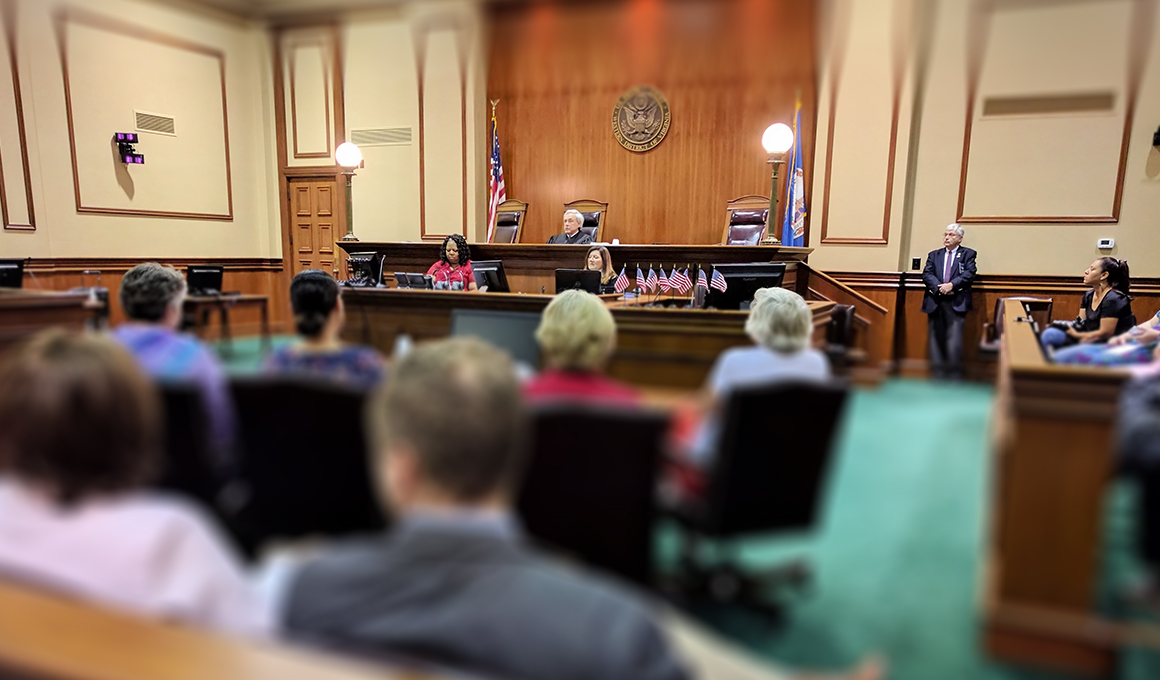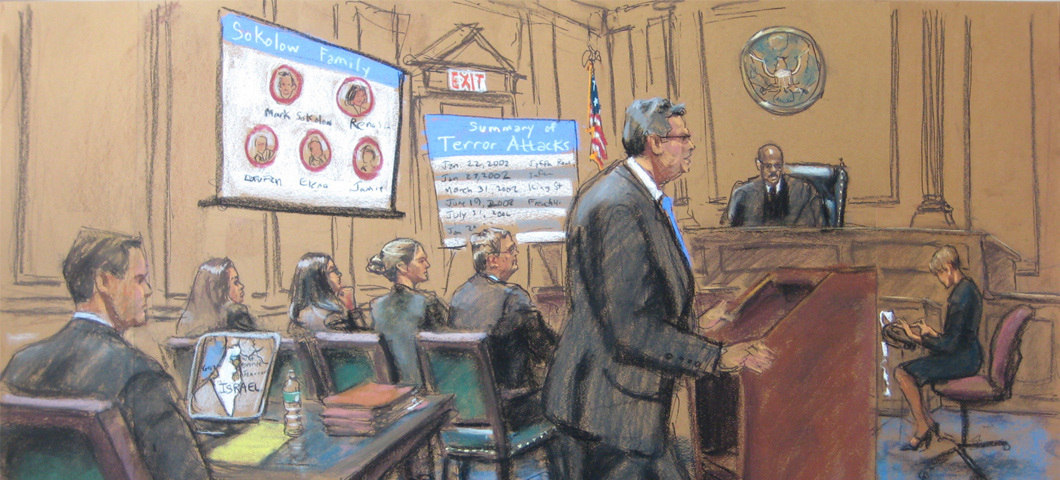The Power of Visuals in Trial Presentations for a Winning Disagreement
The assimilation of visuals in test discussions has emerged as a vital element in successfully connecting complicated arguments to jurors. By making use of numerous kinds of visual help-- be it diagrams, pictures, or computer animations-- lawyers can boost understanding and retention, eventually forming the court's understanding of the situation.
Relevance of Visuals in Trials
In numerous legal settings, visuals play a critical role in boosting the efficiency of test presentations. The integration of aesthetic components can significantly affect jurors' understanding and retention of intricate information, therefore forming their assumptions and decisions. Visuals, such as charts, representations, and photos, can streamline elaborate stories, making them a lot more available and engaging.
Moreover, the human mind procedures visual details much more efficiently than text, which highlights the relevance of integrating visuals into lawful debates. By equating dense legal ideas into aesthetic layouts, attorneys can facilitate more clear interaction, ensuring that bottom lines are not overlooked during tests.
Additionally, visuals serve to engage jurors on an emotional level, promoting a link to the case that words alone might stop working to accomplish. The calculated use visuals can evoke empathy, motivating jurors to think about the human elements of the case.
Ultimately, the significance of visuals in trials depends on their ability to improve clarity, improve juror involvement, and reinforce the story existing. This powerful mix is important for crafting persuasive debates that reverberate with jurors and influence the outcome of legal proceedings.
Kinds of Visuals to Make Use Of
Efficient test presentations can substantially take advantage of a range of aesthetic devices that accommodate different facets of the case. trial presentations. Making use of representations and graphes can properly damage down complex info, making it much more absorbable for jurors. Flowcharts can highlight the sequence of occasions, while bar graphs might succinctly compare pertinent information points.

Animations and simulations can additionally play a vital function, particularly in cases including technical data or detailed circumstances. These visuals can dynamically represent processes or activities, offering quality and involvement that static pictures might not accomplish.
In addition, infographics combine text and visuals to summarize necessary info successfully. They can present timelines, statistics, and significant instance points in a visually enticing manner, making it easier for jurors to follow the argument.
Enhancing Understanding and Retention

Enhancing understanding and retention during test presentations is critical for making certain that jurors comprehend the vital aspects of an instance. Visual aids act as powerful tools in this regard, equating complex information into easily digestible styles. By utilizing graphes, layouts, and infographics, lawyers can streamline detailed data and emphasize bottom lines that might otherwise be forgotten.
Research studies have shown that individuals keep details considerably much better when it exists aesthetically. This is specifically important in a trial setup, where jurors might be bewildered by the volume of evidence and statement. By strategically integrating visuals, attorneys can direct jurors' attention to the most essential elements of the instance, reinforcing their understanding and memory of the material presented.

Developing Engaging Presentations
Exciting jurors' focus during trial presentations is necessary for sharing a compelling narrative. Engaging discussions utilize aesthetic components to develop a remarkable experience that resonates with jurors. The strategic use graphics, computer animations, and video clips can elucidate intricate details, making it more accessible and relatable.

In addition, including storytelling methods can enhance involvement. Providing evidence in a sensible sequence that builds emotional charm enables jurors to get in touch with the material on an individual degree. Numerous discussion formats, such as incorporating brief video clip clips or interactive components, can additionally endure rate of interest and interest throughout the trial.
Eventually, an appealing presentation cultivates an extra extensive understanding of the instance, allowing jurors to much better value the debates existing and causing an extra beneficial result.
Study and Success Stories
Numerous study highlight the substantial influence of visuals in test discussions, demonstrating their capability to affect juror understandings and eventually the results of instances. For instance, a noteworthy instance involving an accident case illustrated exactly how the use of a 3D animation of the crash you can try these out scene clarified complicated details. Jurors reported feeling more informed and empathetic, dramatically swaying their choice in support of the complainant.
In another circumstances, a company litigation case utilized infographics to present financial data and timelines, making elaborate information easily accessible. The graph made it possible for jurors to grasp the subtleties of the instance a lot more successfully than spoken descriptions alone. trial presentations. As a result, the court returned a judgment that surpassed the customer's expectations
The compelling visuals not just assisted in producing question however also reverberated psychologically with jurors, leading to a pardon. These success tales highlight the need of incorporating visuals right into trial discussions, as they improve understanding, retention, and inevitably, the persuasive power of lawful disagreements.
Verdict
Finally, the critical incorporation of visuals in trial presentations dramatically enhances jurors' understanding and retention of complex information. By utilizing different sorts of visuals, attorneys can successfully clarify essential factors and foster emotional connections with the audience. Involving discussions, sustained by engaging case studies, demonstrate the profound effect that visuals can have on persuasive communication. Eventually, the power of visuals acts as a critical element in accomplishing favorable trial outcomes.